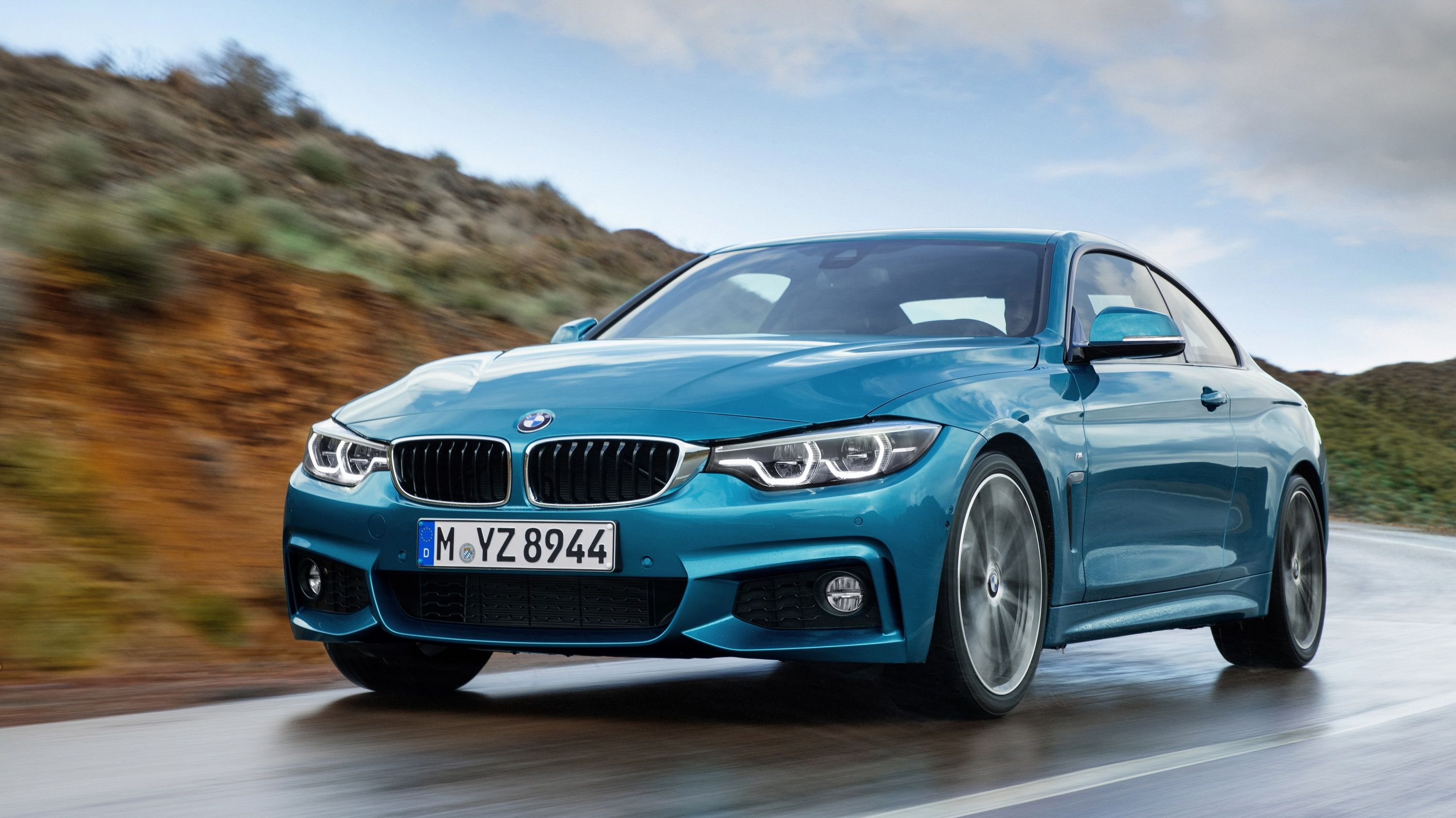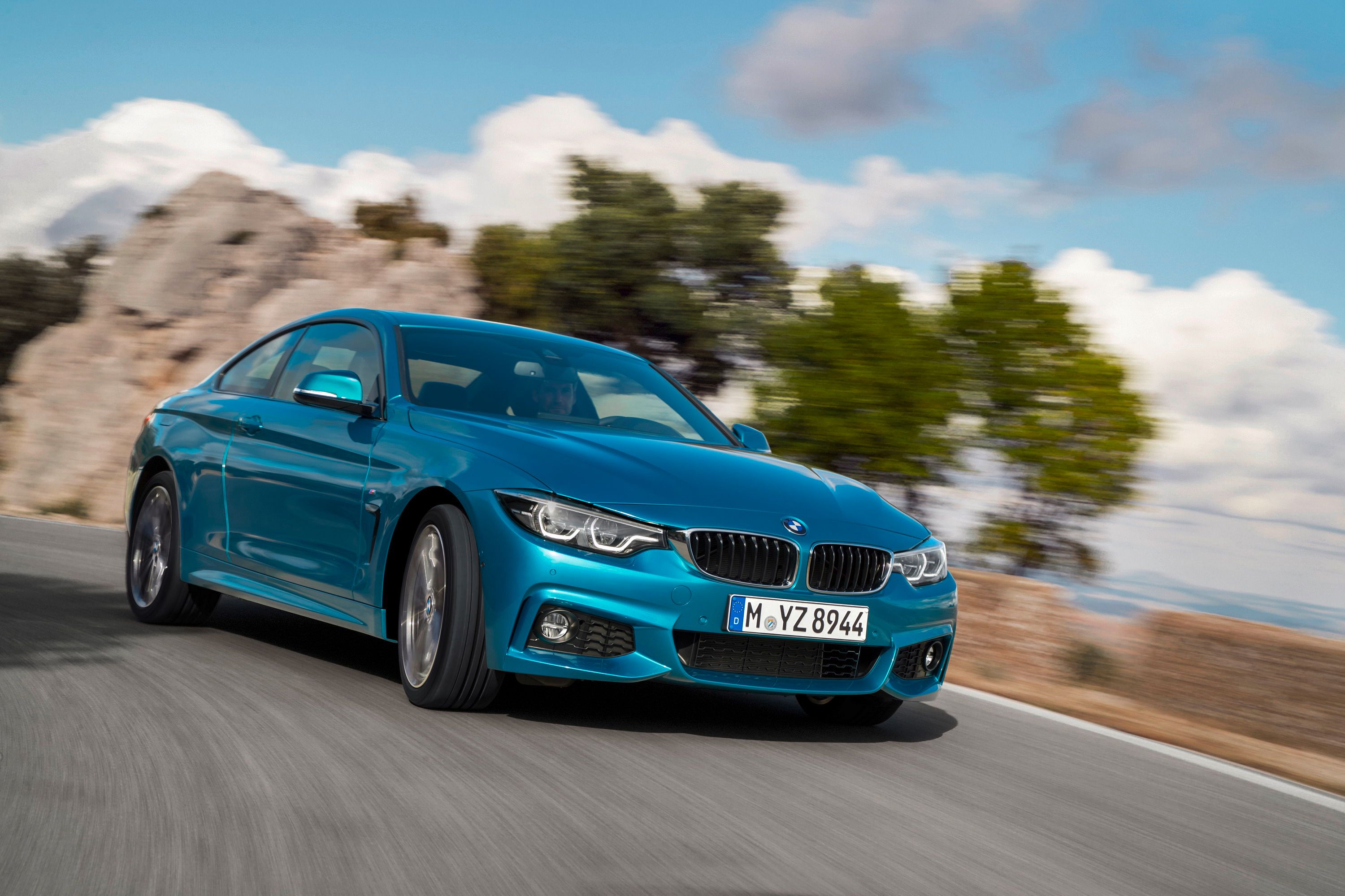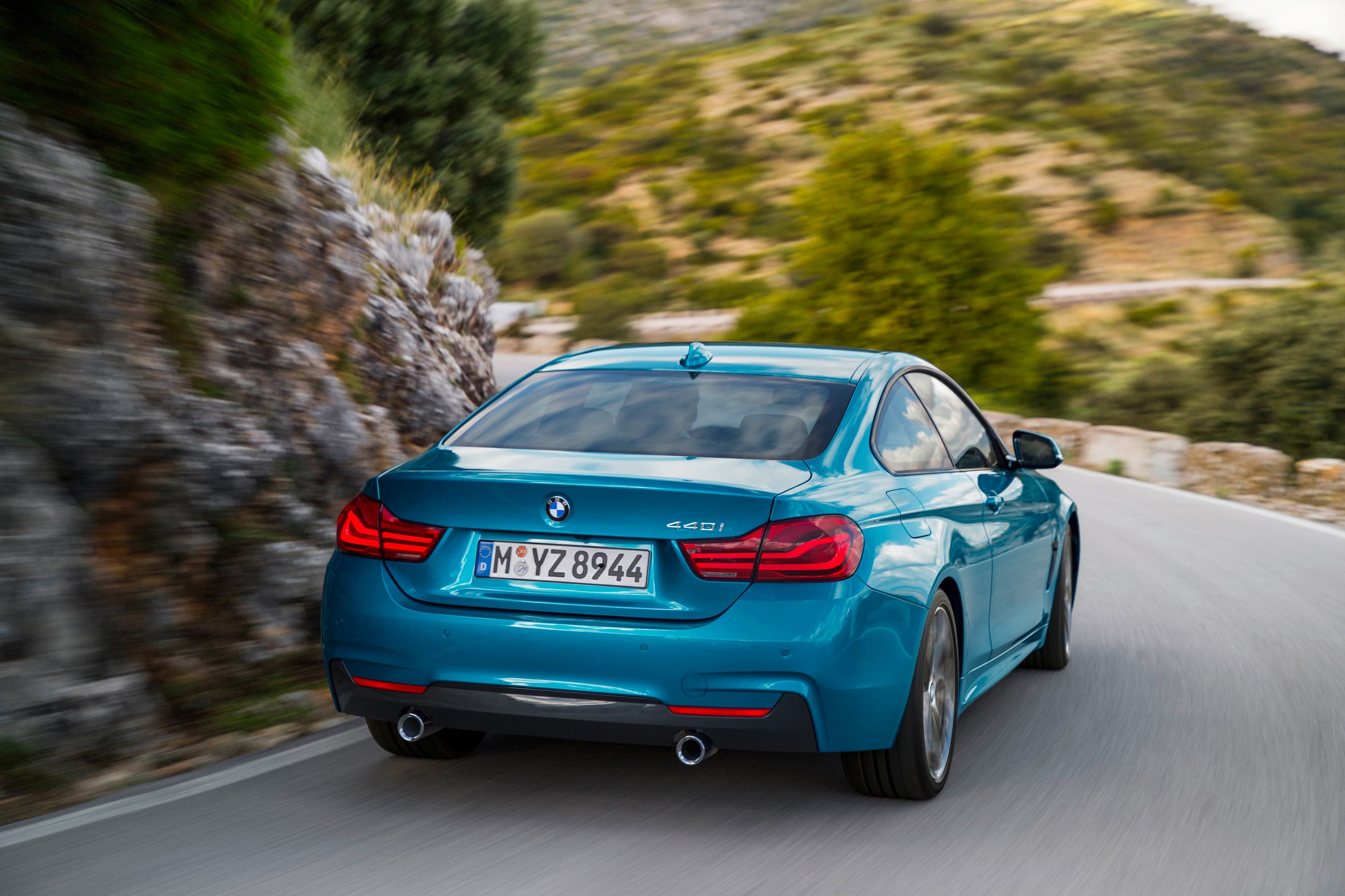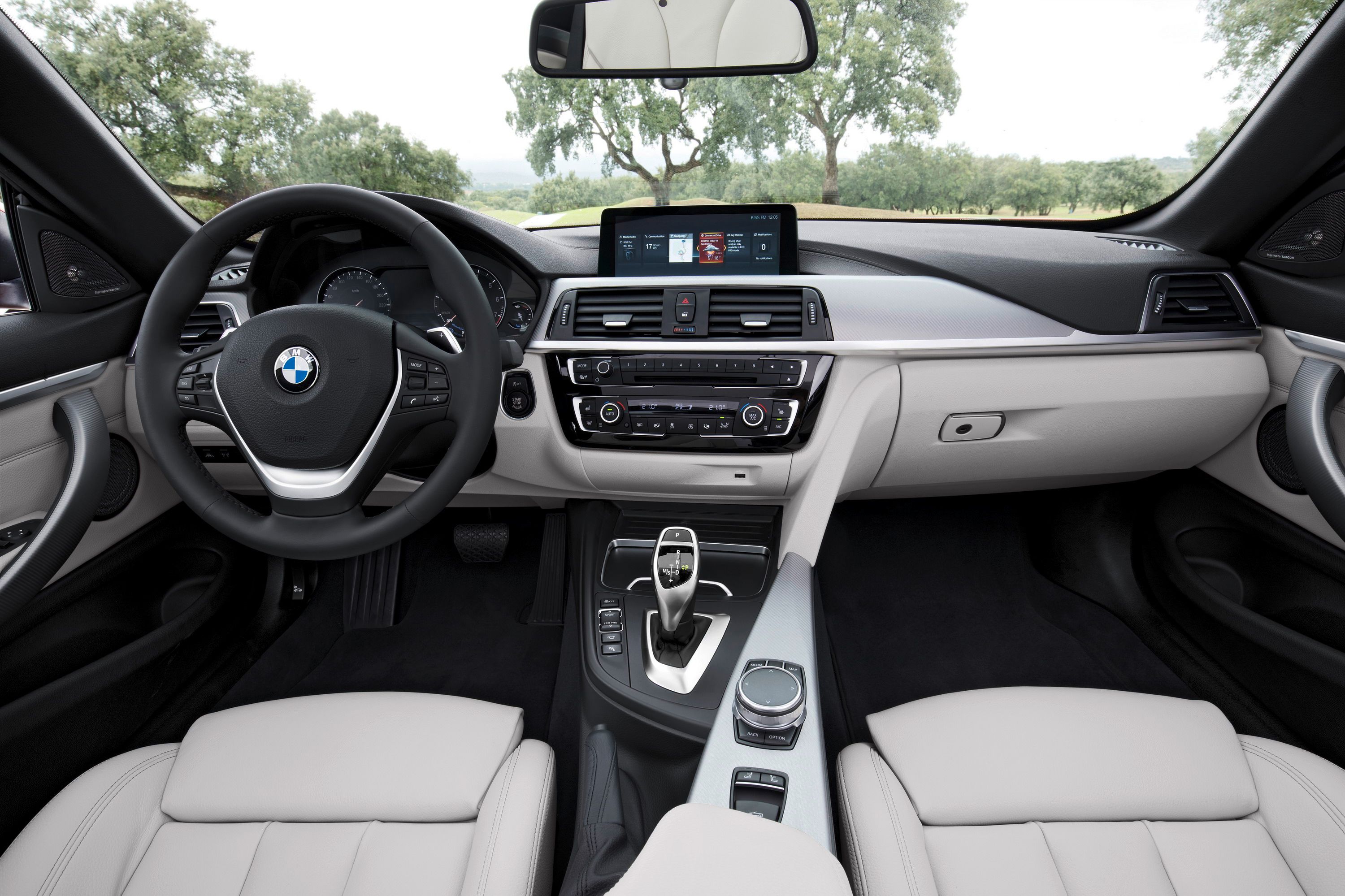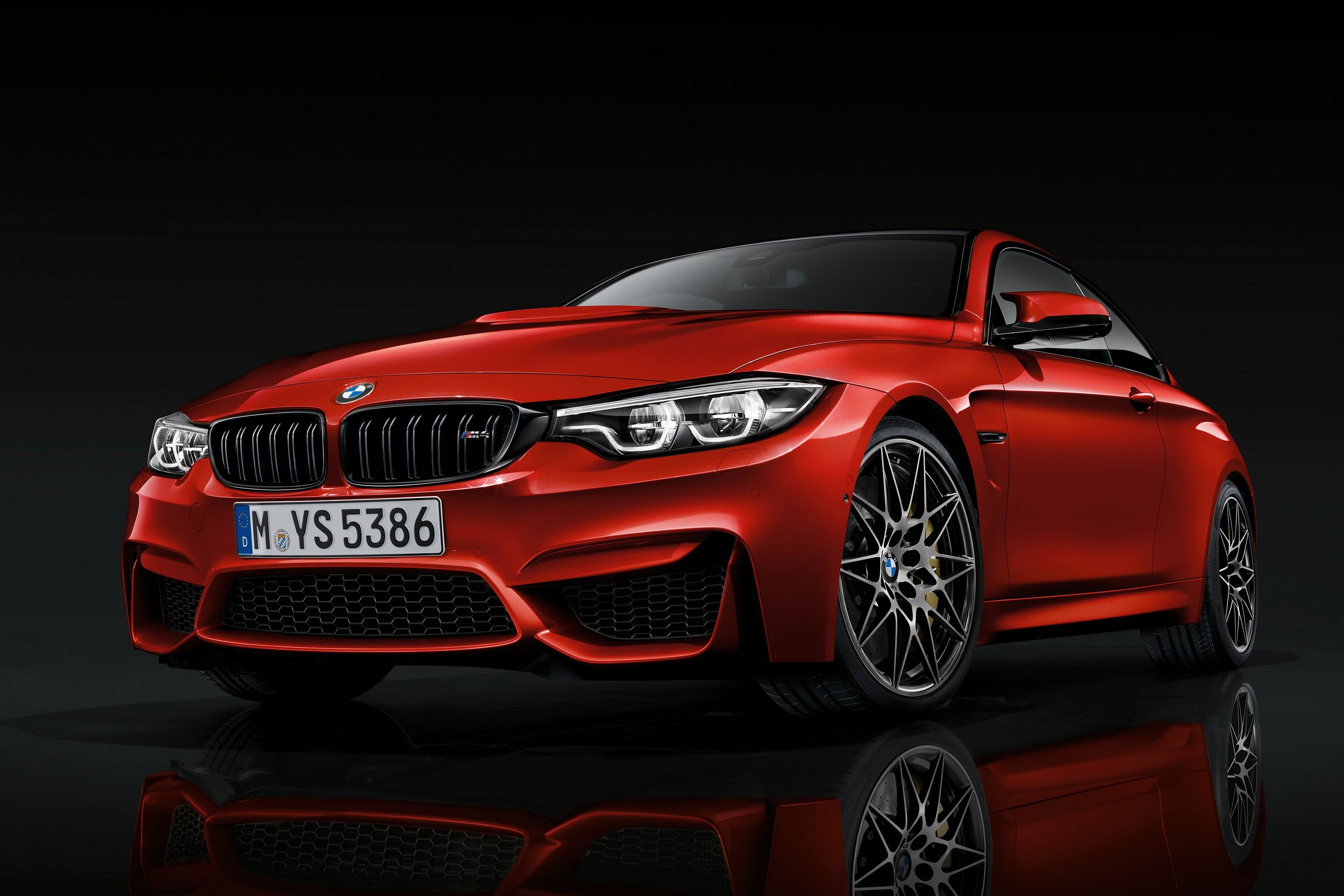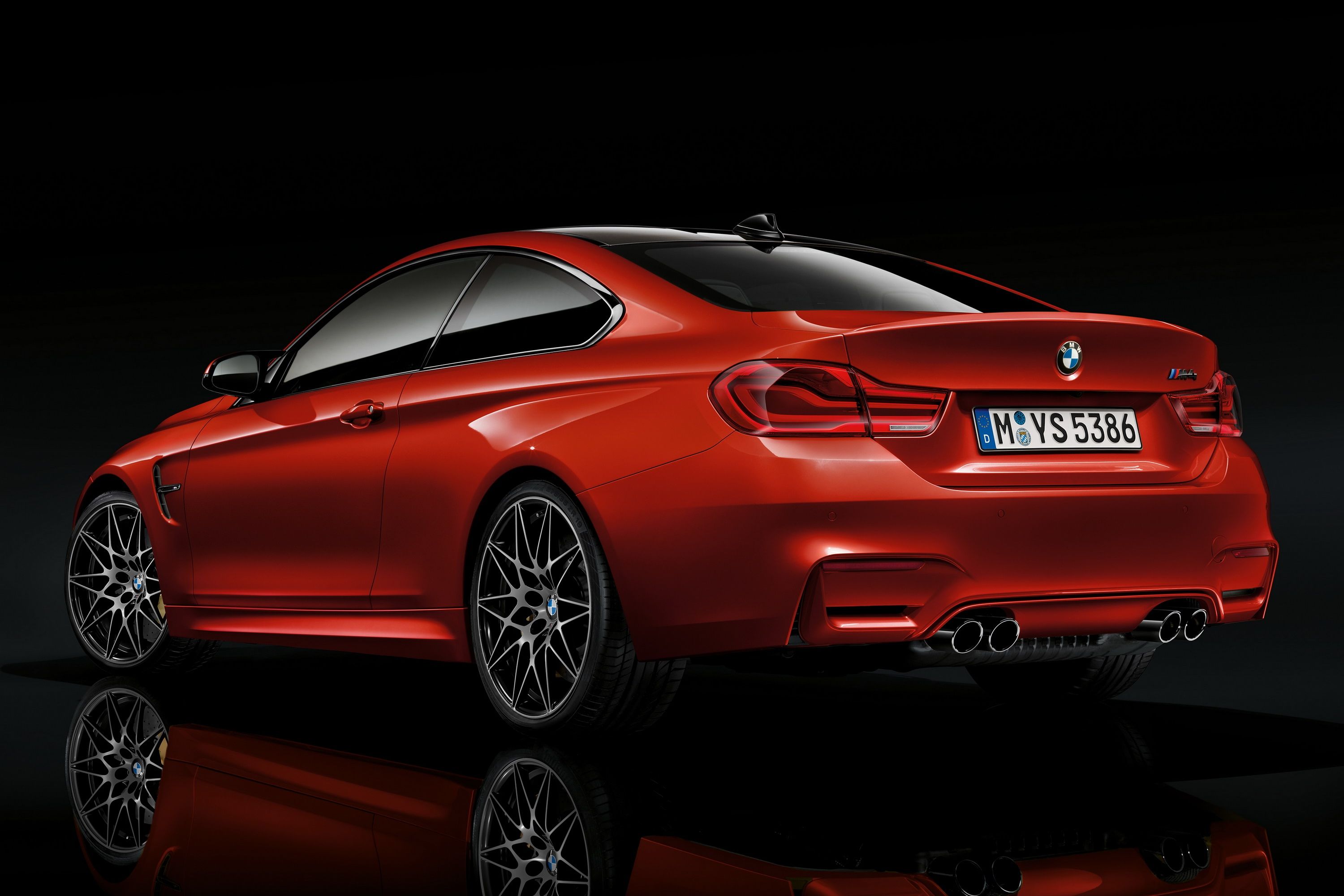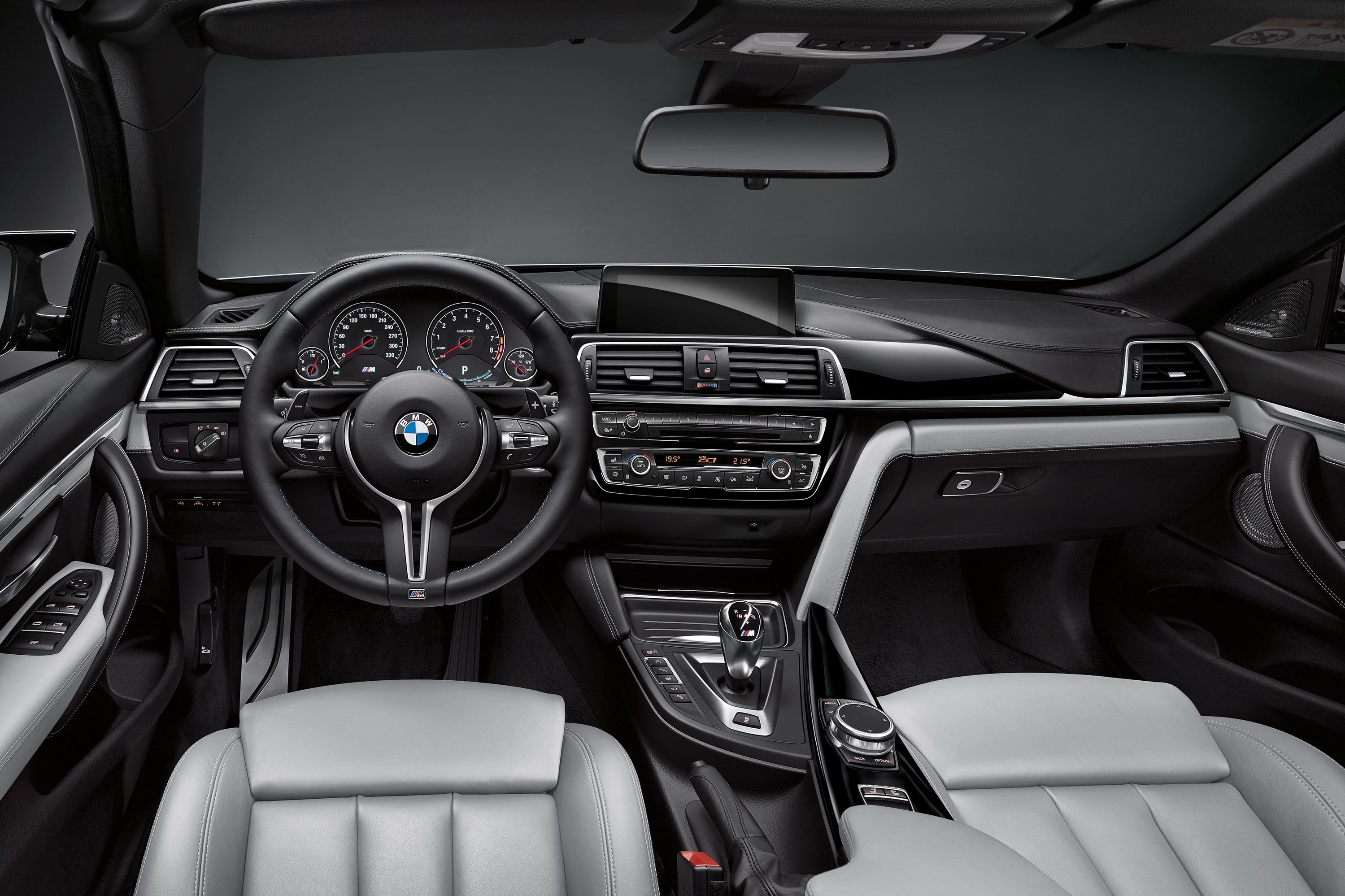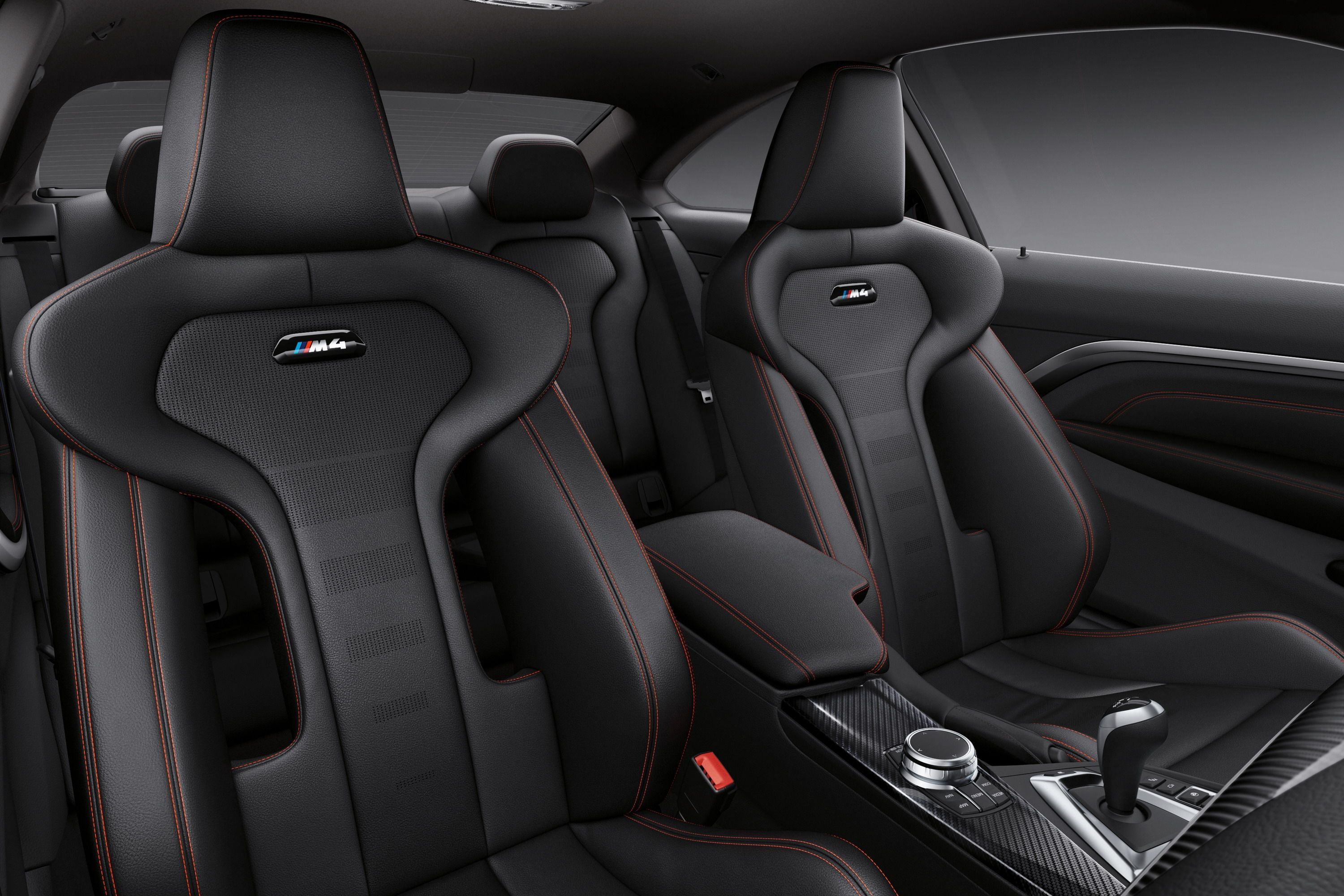Prior to 2012, the 3 Series included the sedan, coupe, and convertible body styles, but when BMW introduced the F30/F31-generation 3 Series, it decided to follow Audi’s footsteps and separate the 3 Series sedan from the coupe and cabriolet and began producing those body styles under the 4 Series name. With the 4 Series Coupe and Cabriolet models being introduced for the 2014 model year, it might be a little surprising to see that BMW has already given the baby of the BMW family a facelift, but for the 2017 model year (2018 model year for the U.S.,) BMW has taken the liberty of updating the sporty coupe with new looks, better technology, and even some powertrain and suspension updates to keep it fresh through the turn of the decade. Highlights include new LED exterior lights, a new front fascia, a new navigation system and instrument cluster, and some new color options inside and out.
The updated 4 Series will be available in a total of 31 different setups with a total of six different trim levels ranging from the entry-level 420i all the way up to the BMW 440i on the gasoline front and from the 420d up to the 435d xDrive for those of you who prefer oil burners. Few technical specifications for the various engines available have yet to be announced, but we know that the 420i will deliver 184 horsepower while the M44i will deliver 326 horsepower – that latter of which is a six-horsepower increase. On the diesel front, the 420d will deliver 190 horsepower while the 435d xDrive will offer up 313 horsepower. Then you’ve got the 4 Series Gran Coupe that comes with the model designation for 418d and has 150 ponies on tap. The 435d comes standard with xDrive, while it will be available as an add-on for most other models (it usually comes at a $2,000 premium over non-xDrive models)
But, it’s not all about engine and horsepower with this update. See, the updated 4 Series gets a revised suspension system that is now stiffer on the standard Coupe and Gran Coupe. While the dynamics of the suspension system have been updated for all models, including those with M Sport and Adaptive suspension. If you go with the 430 models or higher, you can opt for high-performance tires straight from the factory.
As far as looks go, all 4 Series models now come standard with LED headlights and LED fog lights as standard equipment – a big improvement over the xenon lights that came standard on the current model. And, even better yet, you’ll find restyled taillight lenses that are sportier and lit up by bright LED lights as well – a first for the 4 Series. The front fascia now features chrome trim that follows the lower edge of the fascia and wraps around the restyled fake vents that house the fog lights. Out back, a new chrome strip has been added to the slightly reworked rear fascia. As far as wheels go, there are four new wheels, three of which feature five primary spokes and one that features a dual, 10-spoke design. New exterior finishes include Snapper Rocks Blue (Shown on the M4 in the gallery) and Sunset Orange (shown on the convertible models in the gallery).
Finally, the interior gets an updated navigation system and new instrument cluster to go with an updated steering wheel. The infotainment display comes with the updated user interface that we saw in the new 5 Series in Detroit. To round out the interior updates, the dash gets double stitching while center stack trim now features gloss black trim. The trim around the power window controls and HVAC vents are not electroplated while the HVAC and CD changer controls get healthy doses of chrome. All told, that’s a lot of updates to a car that’s just a few years old, but it will surely be welcomed by Bimmer fans everywhere.
Continue reading for the full story.
Why it Matters
It’s a bit surprising to see BMW put in so much work to updated the 4 Series this early on, but I think that’s becoming the name of the game in the luxury world of cars. Everyone wants the latest and greatest, and to keep up with that demand; automakers have to update often to remain relevant in each segment. Now, the question is how the updated 4 Series will stack up against the competition, but we’ll cover that in our full review, so stay tuned for that.
In the meantime, what do you think of all these updates? Is it worth springing for a new model so early, or would you rather wait for the second-gen model to debut sometime after 2020? Let us know in the comments section below.

